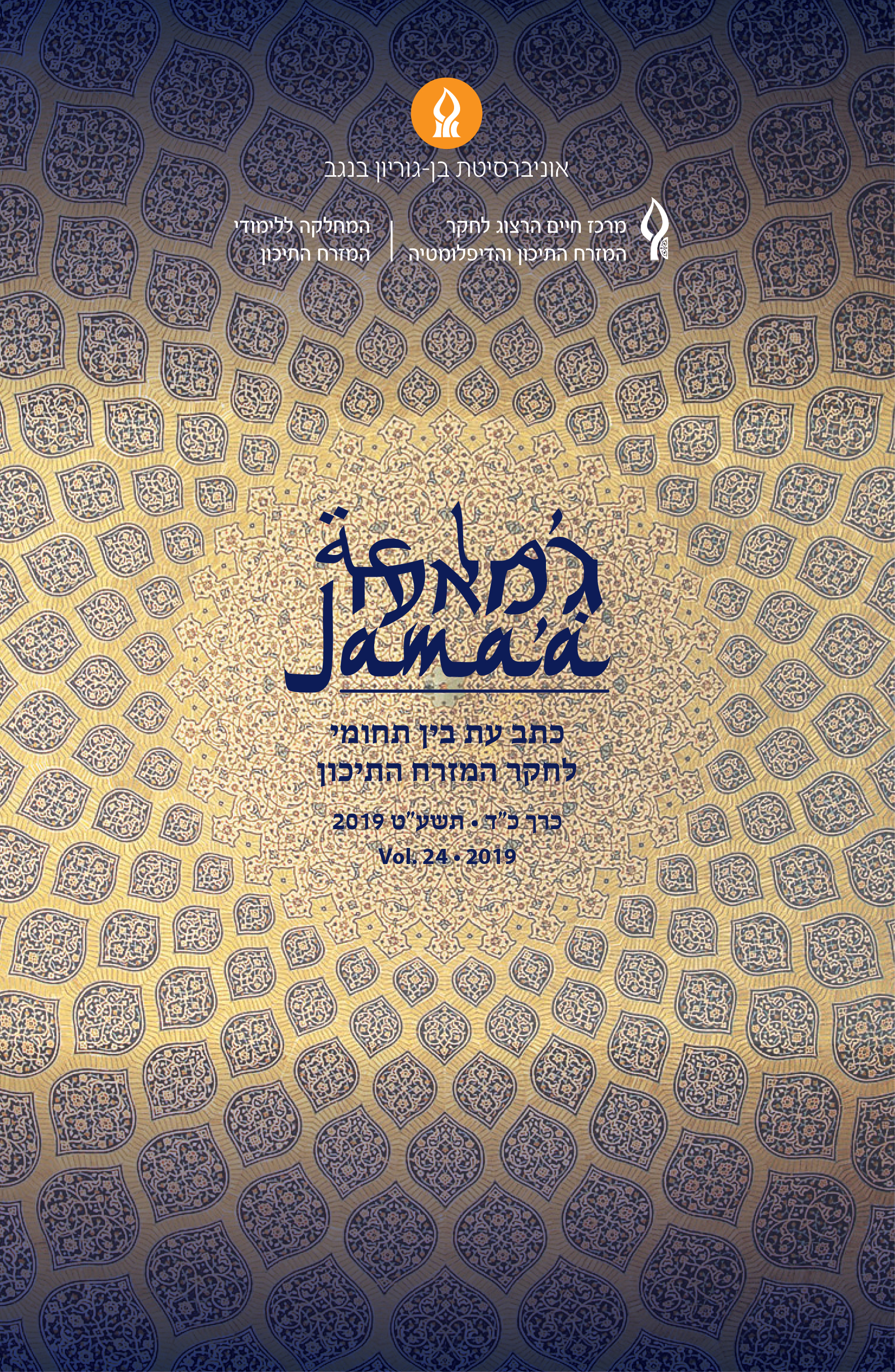Muḥammad b. Aḥmad al-Qurṭubī’s Attitude toward Anthropomorphic Descriptions of God (Tashbīh)
DOI:
https://doi.org/10.64166/k5820f88Abstract
This article deals with particular aspects of Muḥammad b. Aḥmad al-Qurṭubī’s
theological worldview. Here I explore the ways in which al-Qurṭubī deals with
anthropomorphic expressions of God in two of his Quranic exegeses: Al-Jāmiʿ
li-aḥkām al-Qurʾān wa-l-mubayyin li-mā taḍammanahu min al-sunna wa-āy
al-furqān (The Comprehensive Legal Commentary of the Qurʾān, Shedding
Light on the Sunna and the Decisive Verses it Contains); and Al-Asnā fī sharḥ
asmāʾ Allāh al-ḥusnā (The Sublime Commentary on God’s Best and Most
Beautiful Names and His Attributes). These treatises serve as major sources for
understanding al-Qurṭubī’s hermeneutical methodology and his approach to
anthropomorphic expressions in the Quran and the Ḥadīth literature. I focus on
al-Qurṭubī’s attitude toward three theological schools: The Traditionalist, the
Muʽtazila and the Ashʽariyya. Moreover, I explore al-Qurṭubī’s interpretations
of three Quranic anthropomorphic expressions: ‘seating on the throne’, ‘God’s
hand’, and ‘God’s face’.
References
Downloads
Published
Issue
Section
License
Copyright (c) 2019 Jama'a: an Interdisciplinary Journal of Middle East Studies

This work is licensed under a Creative Commons Attribution-NonCommercial 4.0 International License.





